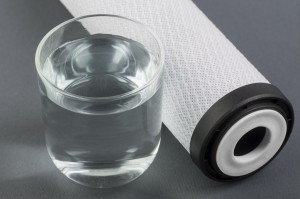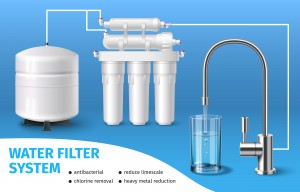Reverse osmosis (RO) is a process for deionizing or purifying water by forcing it through a semi-permeable membrane at high pressure. The RO membrane is a thin layer of filtering material that removes contaminants and dissolved salts from water. A polyester support web, a micro porous polysulfone interlayer, and an ultra-thin polyamide barrier layer make up the three layers. These membranes can be used in manufacturing processes as well as in the production of potable water.
Reverse osmosis (RO) technology has rapidly gained prominence in the global industrial landscape, particularly in the water treatment and desalination sectors. This article aims to explore the emerging trends in reverse osmosis membrane technology within the global industrial context, with a specific focus on the key drivers, innovations, and challenges that are shaping the industry.
-
Market Growth and Expansion
The global demand for reverse osmosis membrane technology has experienced remarkable growth in recent years, driven by escalating concerns regarding water scarcity and the need for sustainable water management solutions. This surge in demand has led to substantial market expansion, with diverse industries, including power generation, pharmaceuticals, and food and beverage, adopting RO technology for water purification and treatment processes. -
Technological Advancements
In response to increasing market demand, significant strides have been made in RO membrane technology, leading to the development of advanced membrane materials and designs. Key innovations include the introduction of high-performance nanocomposite membranes, enhanced fouling-resistant membranes, and novel membrane modules with improved permeability and selectivity. These technological advancements have substantially enhanced the overall efficiency and reliability of RO systems, thereby expanding their applicability and driving market growth. -
Sustainable Practices and Environmental Impact
The growing emphasis on sustainability and environmental conservation has prompted industry players to focus on enhancing the eco-friendliness of RO membrane technology. This has resulted in the development of energy-efficient membrane modules, eco-friendly membrane fabrication processes, and the incorporation of membrane recycling and regeneration practices. These initiatives not only contribute to reducing the environmental footprint of RO technology but also position it as a viable solution for addressing global water sustainability challenges.
In conclusion, as the industry continues to evolve, the convergence of advancements in membrane materials, energy efficiency, and environmental stewardship will play a pivotal role in shaping the future trajectory of RO technology, making it an indispensable asset in addressing the world’s water challenges.
Post time: Mar-18-2024



